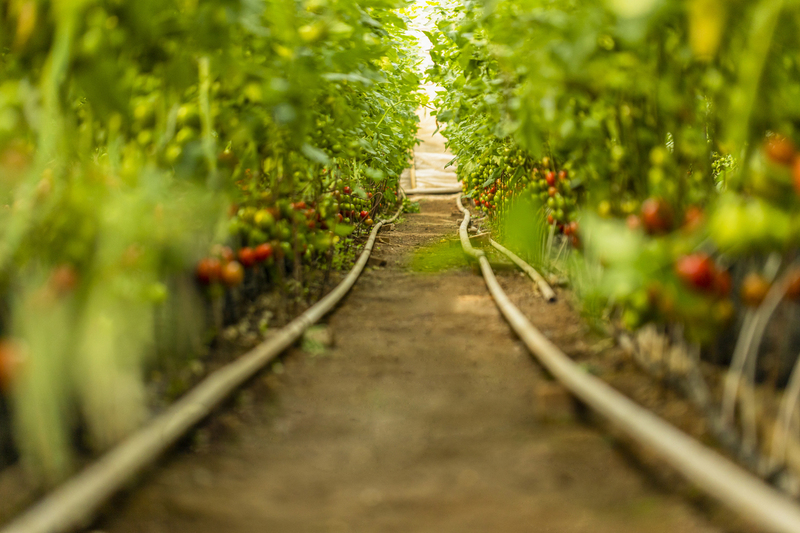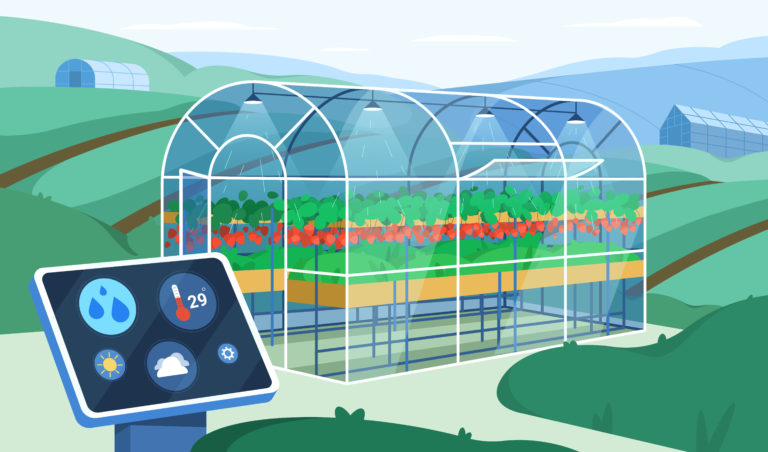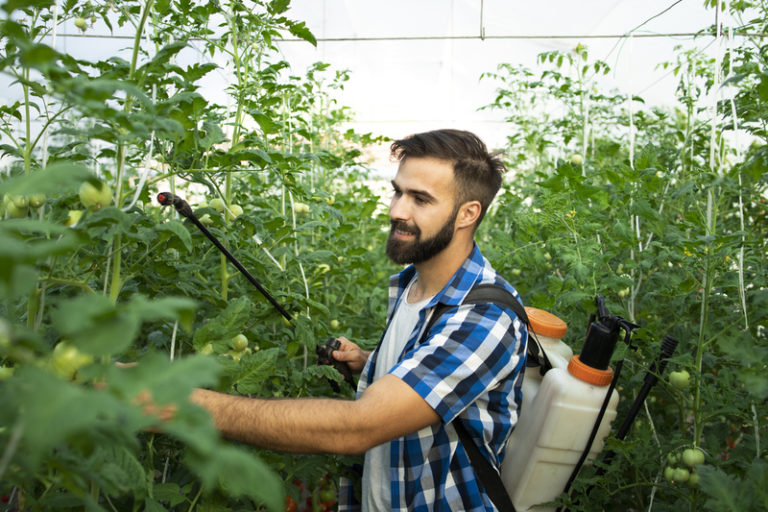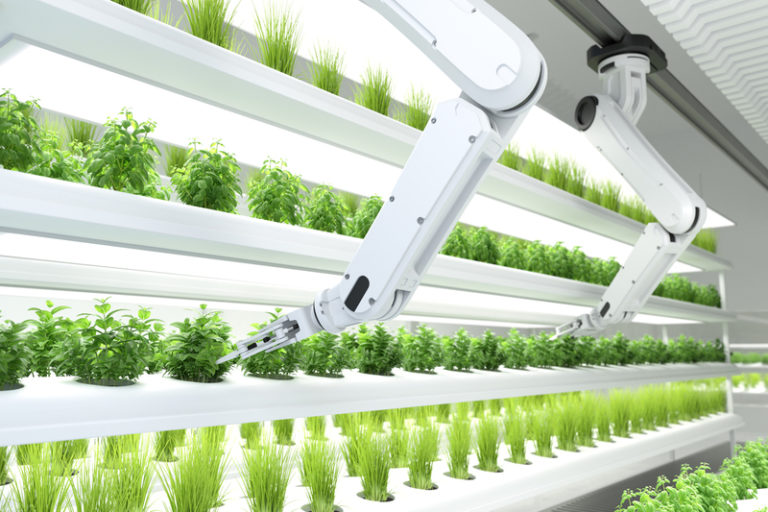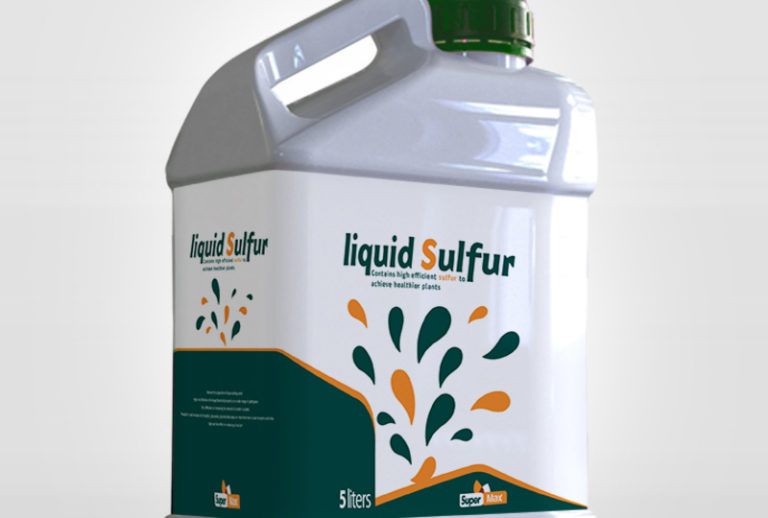Regenerative Agriculture: A Sustainable Solution for a Healthier Planet
Introduction:
Regenerative agriculture is a farming practice that focuses on improving soil health, reducing carbon emissions, and promoting biodiversity.
This method of agriculture is gaining popularity among farmers, environmentalists, and consumers who want to support sustainable agriculture.
In this article, we’ll talk about what regenerative agriculture is, how it works, and how it’s different from traditional farming.
What is Regenerative Agriculture?
Regenerative agriculture is a method of farming that seeks to create a self-sustaining ecosystem by using techniques that promote soil health, increase biodiversity, and reduce carbon emissions.
This approach to agriculture is based on the principles of agroecology, which emphasize the interconnectedness of all aspects of farming.
The primary goal of regenerative agriculture is to create healthy soil. Healthy soil is full of microorganisms, fungi, and bacteria that help break down organic matter and create nutrients for plants.
This is achieved by using techniques such as cover cropping, crop rotation, and reduced tillage. These practices help to reduce erosion, increase water retention, and promote biodiversity.
Another important aspect of regenerative agriculture is reducing carbon emissions. This is done by using techniques such as carbon sequestration, which involves planting trees and other vegetation that absorb carbon from the atmosphere. This helps to reduce greenhouse gas emissions and mitigate the effects of climate change.

Benefits of Regenerative Agriculture:
Regenerative agriculture has many benefits, both for farmers and for the environment. Here are some of the most significant benefits of regenerative agriculture:
- Improved soil health: Regenerative agriculture techniques help improve soil health by increasing organic matter, reducing erosion, and promoting biodiversity. This, in turn, leads to healthier plants, better yields, and less dependence on synthetic fertilizers.
- Increased biodiversity: Regenerative agriculture promotes biodiversity by creating habitats for pollinators, birds, and other wildlife. This helps restore balance to the ecosystem and can lead to improved soil health.
- Reduced carbon emissions: Regenerative agriculture helps reduce carbon emissions by sequestering carbon in the soil and vegetation. This helps to mitigate the effects of climate change and reduce greenhouse gas emissions.
- Increased resilience: Regenerative agriculture helps create a self-sustaining ecosystem that is more resilient to weather extremes, pests, and disease. This can lead to increased crop yields and reduced dependence on synthetic inputs.
- Improved water quality: Regenerative agriculture techniques such as reduced tillage and cover cropping help reduce erosion and runoff, leading to improved water quality.
Regenerative Agriculture vs. Conventional Agriculture:
Regenerative agriculture differs from conventional agriculture in several significant ways. Here are some of the most significant differences between the two approaches:
- Soil health: Regenerative agriculture focuses on building healthy soil, while conventional agriculture often uses synthetic fertilizers and pesticides that can hurt soil health over time.
- Biodiversity: Regenerative agriculture supports biodiversity by making homes for pollinators and other wildlife, while conventional agriculture often relies on monoculture crops that don’t support biodiversity.
- Carbon emissions: Regenerative agriculture tries to lower carbon emissions by storing carbon in the soil and plants. Conventional agriculture, on the other hand, often uses methods that increase greenhouse gas emissions.
- Resilience: Regenerative agriculture aims to create a self-sustaining ecosystem that is more resilient to weather extremes, pests, and disease than conventional agriculture, which often relies on synthetic inputs to manage these challenges.
- Water quality: Regenerative agriculture techniques such as reduced tillage and cover cropping help to improve water quality, while conventional agriculture can lead to soil erosion and runoff that degrade water quality.
Examples of Regenerative Agriculture
There are many different techniques and practices that farmers can use to implement regenerative agriculture on their farms. Here are some examples of regenerative agriculture in action:
- Cover cropping: Cover cropping is a technique that involves planting crops specifically to cover and protect the soil. These cover crops can help reduce erosion, suppress weeds, and add organic matter to the soil. Cover crops can also be used to provide forage for livestock, which can reduce the need for synthetic inputs.
- No-till farming: No-till farming is a technique that involves planting crops without tilling the soil. This helps to reduce erosion, increase water retention, and promote biodiversity. No-till farming can also reduce the need for synthetic fertilizers and pesticides.
- Crop rotation: Crop rotation is a technique that involves rotating crops in a specific sequence. This helps to prevent soil depletion, reduce pests and diseases, and promote biodiversity. Crop rotation can also help reduce the need for synthetic inputs.
- Agroforestry: Agroforestry is a technique that involves integrating trees into agricultural systems. This can help to reduce erosion, provide shade and shelter for livestock, and sequester carbon from the atmosphere. Agroforestry can also provide additional income streams for farmers through the sale of timber or non-timber forest products.
- Regenerative grazing: Regenerative grazing is a technique that involves moving livestock in a specific pattern to promote soil health and increase biodiversity. This can help to reduce erosion, improve soil health, and sequester carbon in the soil. By giving livestock a wide range of foods to eat, regenerative grazing can also help improve the quality of meat and dairy products.
- Composting: Composting is a technique that involves the decomposition of organic matter into a nutrient-rich soil amendment. This can help to increase soil fertility, reduce waste, and sequester carbon in the soil. Composting can also reduce the need for synthetic fertilizers and improve soil structure.
Conclusion:
Regenerative agriculture is a farming practice that seeks to create a self-sustaining ecosystem by improving soil health, reducing carbon emissions, and promoting biodiversity.
By using techniques such as cover cropping, no-till farming, crop rotation, agroforestry, regenerative grazing, and composting, farmers can create a more sustainable and resilient agriculture system.
Regenerative agriculture can lead to improved soil health, increased biodiversity, reduced carbon emissions, increased resilience, and improved water quality. As consumers, we can support regenerative agriculture by choosing to purchase products from regenerative farms and by supporting policies that promote sustainable agriculture.
Also Read

